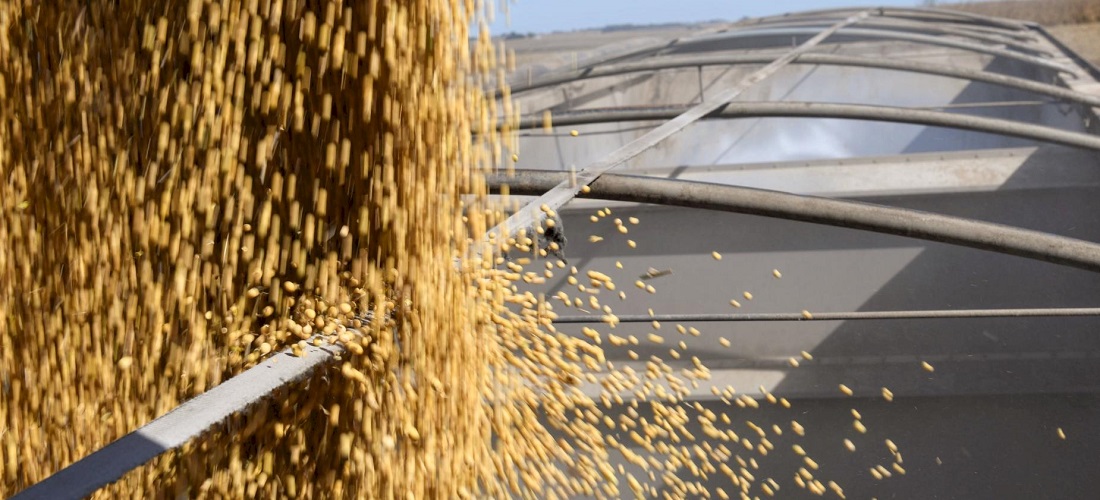
How is the hike in vegetable oil prices linked to the Black Sea conflict?
Mar, 08, 2022 Posted by Gabriel MalheirosWeek 202210
Ukraine and Russia are both known as top grain suppliers, but with the ongoing war and loss of exports out of the region, soybean vegetable oil prices have also jumped and not everyone is fully seeing the connection.
Neither country produces significant quantities of the oilseed, especially when compared with soybean giants Brazil and the United States. But the global vegetable oil market was already in a tight supply situation prior to the escalation of Black Sea tensions.
Ukraine accounts for half of all global sunflower oil trade and Russia accounts for almost 30%, though exports out of both are effectively cut off right now. Sunflower oil makes up about 15% of world trade among the major vegetable oils: palm, sunflower, soybean, and rapeseed.
With most sunflower oil trade offline, buyers are looking at alternatives like soybean oil and palm oil, the latter of which has recently had its own export problems. Production woes in top soybean oil exporter Argentina have also caused stress for traders of both the vegoil and raw soybeans.
Almost 90% of soybeans produced on the planet eventually get crushed, resulting in both oil and meal, though meal is the more prominent byproduct. The oil is widely used for cooking but is also a major feedstock in biofuels.
Vegetable oil prices: palm to soy
Palm oil, the most widely used vegoil globally, is usually cheaper than the others but has recently become the most expensive for the first time. The events in Ukraine have steepened prices, but palm oil’s climb began in 2020 along with other commodities.
Benchmark Malaysian palm oil futures FCPOc3 hit new all-time highs in multiple months last year and in every month so far in 2022. Demand has been slightly outpacing production in the last few years, and recent output problems in Indonesia and Malaysia have slashed stocks there.
Palm oil futures have risen 45% so far in 2022 and surpassed 7,000 ringgit per tonne (about $1,672/tonne) for the first time ever on Wednesday. For context, the 6,000-ringgit level was first reached last week and 5,000 had never been seen before October.
This squeeze in palm oil has put a strain on soybean oil, which accounts for 15% of the major global vegoil trade. Chicago-traded soybean oil futures BOv1 hit and maintained lifetime highs this week, up over 50% from the year-ago levels and 2.5 times more than the same week in 2020.
CBOT soybeans are 19% higher than the same date last year and 86% higher than two years ago. They have added 25% since the start of 2022 but were up even more last week when the full invasion broke out, coming within 30 cents per bushel of the all-time high.
U.S. exporters have sold a near-record volume of old-crop soybeans over the last several weeks and a record amount of new-crop for the date, and sales continue rolling in.
Soybean supply risks could continue beyond the current season. U.S. farmers may not plant enough soybeans this year to maintain or build stocks, which could keep soybean and soybean product supplies tight until at least early 2023 when Brazil harvests its next crop.
Source: Hellenic Shipping News
To read the full original article, please go to:
-
DW 2019 EN
Nov, 11, 2019
0
DATAMARWEEK 12 NOVEMBER 2019
-
Other Cargo
Oct, 27, 2022
0
Cotton: Brazilian exports reach 191,634k t in October
-
Grains
Aug, 08, 2023
0
Corn: Brazil line-up forecast at 9.43 million T in August
-
Economy
Feb, 23, 2024
0
BNDES implements interest rate cuts to energize export financing

